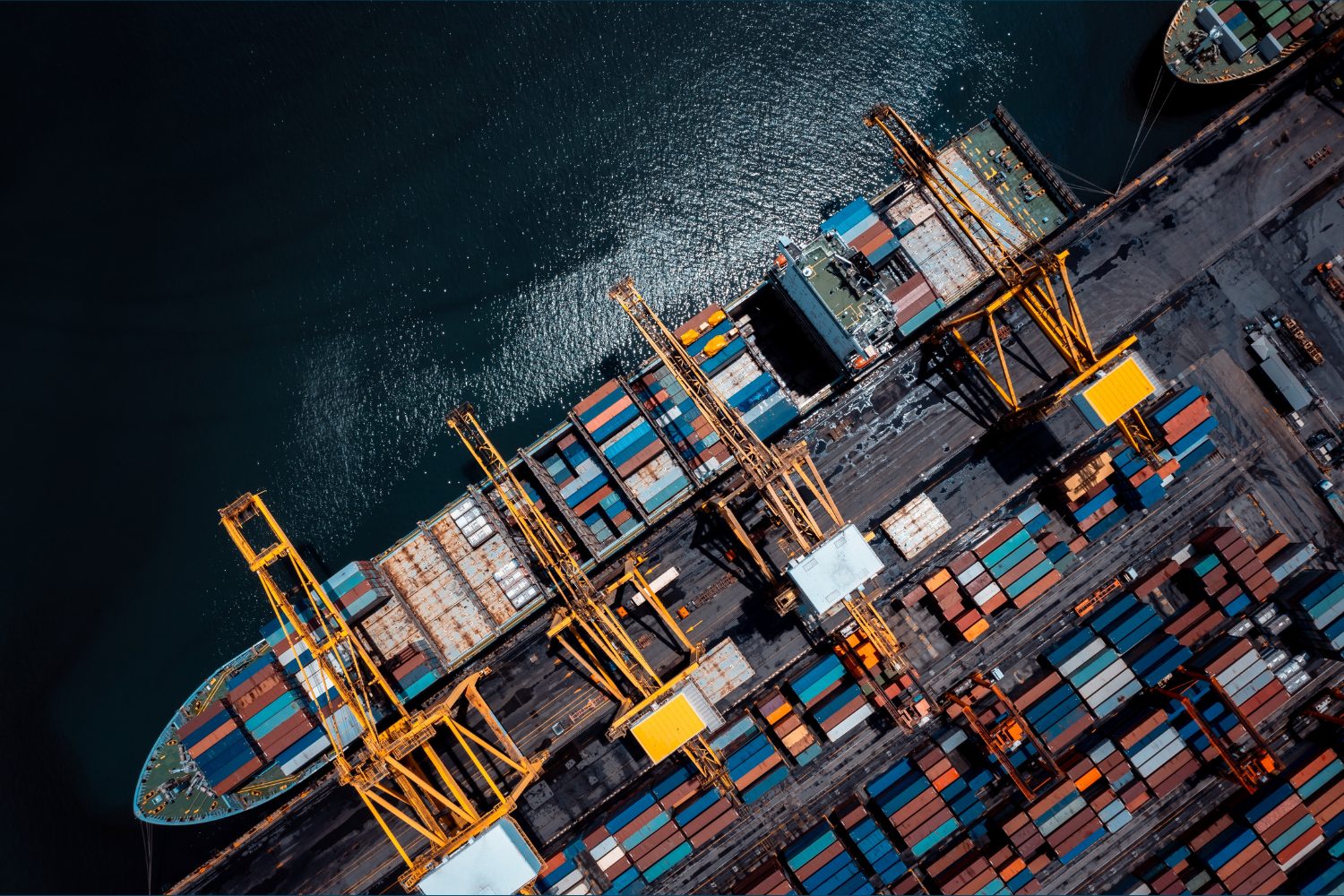Textile EPR Q&A: 5 Steps to Compliance Success
With new EPR schemes rolling out across Europe, brands face urgent questions on data, scope, and compliance, especially in the textile sector. Our recent webinar, 5 Steps to Prepare Your Brand for Textile EPR, sparked a lot of discussion. Attendees came ready with their burning questions, and our experts were glad to provide clear answers. We’ve pulled together the highlights so you can benefit from the same insights and feel more confident in preparing your brand. Since not everyone can make it to every webinar, we hope this recap is a useful resource for you.
1. Do the quantities indicate the total number of items put on the market in the category or the number of items you’re trying to apply to the bonus?
The quantities refer to the number of items you want to apply to the bonus, not the total number placed on the market. For example, if you put 800,000 women’s tops on the market, the key question is how many of those tops you want to apply for a bonus and which bonus that is, for example, the durability bonus, the environmental certification bonus, or the recycled material bonus. If you want to apply for all 800,000 tops, which happens to be the same as the total you put on the market, that would be great. But if it’s only a partial number of them, such as just 5,000 or 100,000 tops, then you would report that portion for the bonus.
It seems like France is fully focused on apparel and home goods. Do you all have any sense of how significant regulation will be on other textile uses packs and bags – textiles used in the manufacture of sports equipment that incorporate textiles.
The scope of what will be regulated is ultimately being set at the EU level, not just in France. The EU is working to harmonize what falls under regulation across all member states. The current scope can be found in Annex IVc of the amendment of the Waste Framework Directive.
2. What are the most common data gaps brands encounter when preparing for textile EPR? How can they be addressed early to avoid compliance risk?
The biggest challenge that brands face often comes from needing to obtain accurate data from across the supply chain, especially beyond Tier 1 suppliers. To address this, it is important to start engaging with suppliers early and to establish a process for how you will collect and validate the data. For example, if you have information on weight and material composition, you need to confirm how that data will be verified.
After data is collected, the next challenge is then mapping it into the required reporting categories. Since there are several different reporting obligations, the process of gathering, validating, and aligning data with different compliance requirements can be complex. Starting early is key to reducing reputational, commercial, and financial risk.
3. Are (polyester, canvas, nylon) backpacks and bags in scope?
Like many other textile products, the inclusion of bags depends on the country, as the scope can vary. At the EU level, the Waste Framework Directive will set the requirements, and we will share that resource as a follow-up to this webinar. In addition, we offer a service called Horizon Scanning, which provides detailed reports on reporting requirements and country-specific obligations. You can learn more about Horizon Scanning here.
4. What can we learn from other material fractions when preparing for textile EPR?
One key lesson is the importance of understanding data challenges. For example, under the WEEE Directive in France, companies must report the precise weight of every electronic device. This illustrates the level of detail that we could also expect to come from textile reports. It is also important to consider incentives, such as eco-modulation, and how these can influence reporting and compliance strategies.
Another takeaway is the complexity of managing obligations across different materials. For example, batteries and electronics often involve multiple PROs, which can create additional administrative challenges. Companies handling textiles often have packaging obligations too, so it helps to think about how their compliance could be streamlined across materials.
Finally, we should take a look at recyclability in relation to weight. In packaging, for example, glass is heavier than plastic but easier to recycle, which means the two materials should not be treated the same. This principle applies to textiles too, and should be factored into reporting and planning. Different factors need to be taken into account when it comes to the environmental impact of the production, lifecycle, and disposal of these materials.
5. What department will need to be involved when it comes to EPR preparation?
Several departments will need to be involved, especially those that work with data. That can include your IT department or equivalent, technology teams responsible for data management, change requests, and system maintenance. Operations teams are also critical for EPR preparation, particularly where take-back systems may be required in multiple different countries. A good approach we’d recommend is to start with a broad group of stakeholders across departments, then narrow down involvement as roles and responsibilities become clearer.
6. What can brands do now to tackle these unknown reporting requirements?
Four countries currently have legislation in place, and we can look to them as examples. This number will only grow, which is why we recommend brands start preparing now. Start by identifying where your product data is located, collecting it, and making sure it is standardized in a way that fits EU reporting categories. For example, avoid relying solely on internal terminology for product descriptions. Instead, use terms that are clear and easily mapped to categories like “women’s tops” or “cotton trousers.”
It is also important to gather accurate weight data for products. Reporting requirements differ across countries; for example, France reports by units, while Latvia, Hungary, and the Netherlands report by weight. The EU is moving toward weight-based reporting under the amended Waste Framework Directive, so collecting weight per item will be essential going forward.
In addition, the composition of each product should be recorded, including the percentage of sustainable or recycled materials. For example, in France, brands can receive a bonus for incorporating certified or recycled materials into textiles. By centralizing this data now, you will be better prepared to meet reporting obligations once they are finalized and can easily incorporate any potential bonuses like this into your EPR strategy.
7. What practical steps can smaller or mid-sized brands take if they lack the resources of larger companies but still need to comply with multiple national EPR schemes?
Most EPR schemes do not set thresholds, which means that even small and mid-sized companies are required to comply. For these companies, it’s important to establish clear ownership and governance of EPR responsibilities within the organization. At the same time, not everything needs to be managed in-house. Outsourcing certain tasks, such as interpreting legislation, determining obligations, and managing data, can be more cost-efficient than building dedicated internal teams. Taking this hybrid approach helps ensure compliance without stretching limited resources.
8. Are there any further updates on exact timelines for Italy’s EPR?
Are there any further updates on exact timelines for Italy’s EPR? As of the date this article is published, there is no official confirmation yet. However, based on information from our PRO partner in Italy, ReDress Italy, and ongoing discussions with government stakeholders, the current expectation is that the scheme could be launched around November this year (2025). If that timeline holds, producers may be required to start reporting as early as Q1 or Q2 of next year (2026). We will continue to provide updates as soon as more details are available.
How RLG Can Support You
With reporting deadlines fast approaching across Europe, taking action now will reduce risk and unlock potential bonuses. Our team is here to guide you every step of the way. We hope these insights help you take the next steps in preparing for textile EPR. If you’d like to discuss your specific obligations or learn how we can support your compliance journey, please don’t hesitate to contact us.









